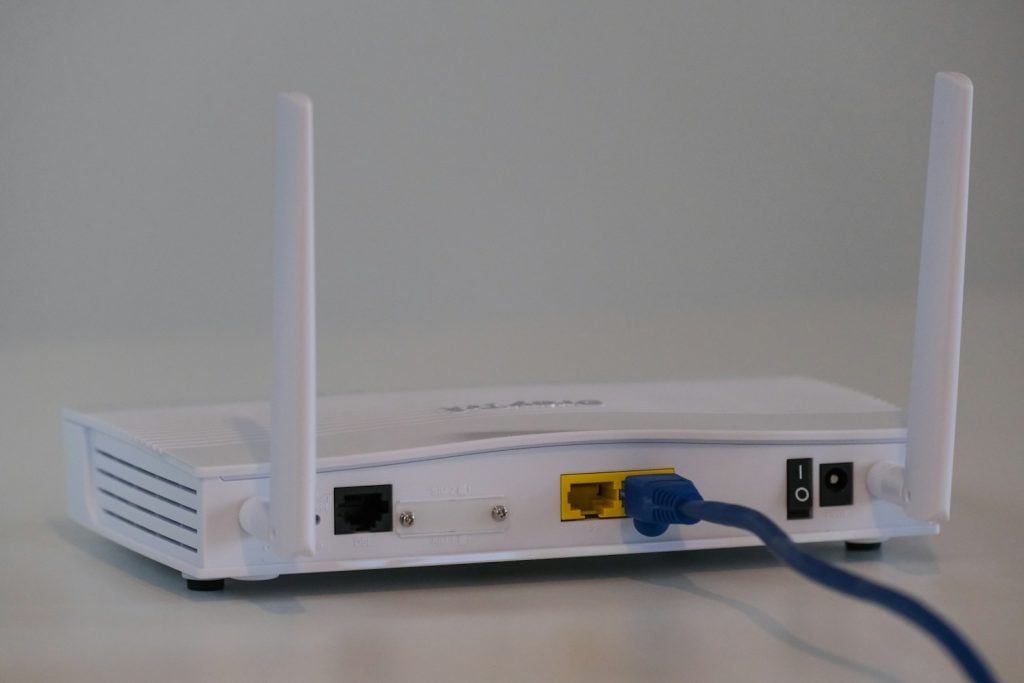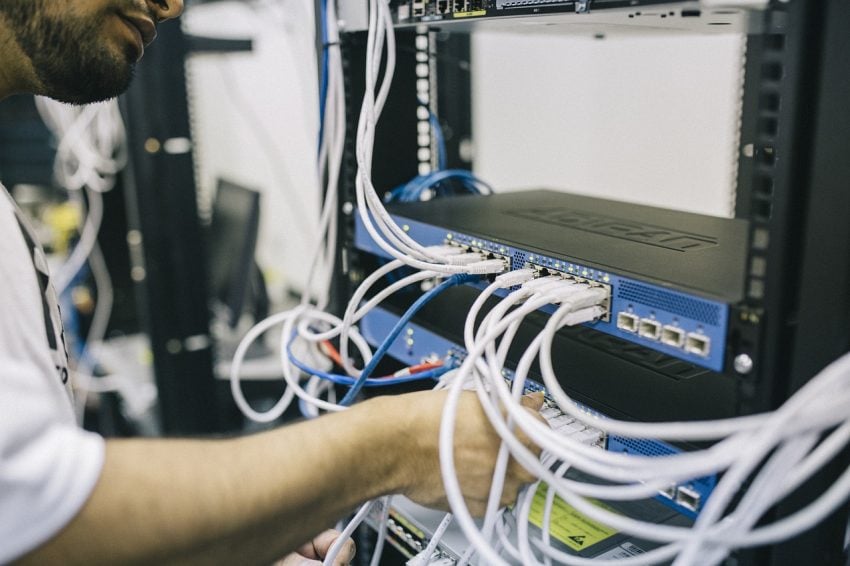The introduction of 5G technology in the UK has marked a significant change in the world of telecommunications over the last few years. Looking toward 2024, we can expect more changes and advancements in the 5G landscape, which will bring new possibilities and hurdles for consumers. This blog explores what consumers may experience with 5G in 2024, spotlighting improvements in speed, coverage, applications, and everyday life impacts.
1. Improved Speed and Performance
Among the aspects people are excited about regarding 5G is how fast and efficient it is. While 4G typically offers download speeds between 20-50 Mbps, 5G has the potential to go much higher, possibly reaching up to 10 Gbps. By the time we hit 2024, consumers will notice that these quicker speeds become more common, especially in cities where network setups are already better established.
The faster speeds associated with 5G will dramatically influence how individuals use their gadgets. Tasks like streaming movies in high definition, downloading big files, and gaming online will happen almost instantly with barely any wait time. Not only will this make using devices smoother, but it will also open the door for new uses that were challenging to manage on slower networks.
Additionally, the enhanced performance of 5G will meet the rising demand for data-hungry applications. More consumers are embracing technologies such as Virtual Reality (VR), Augmented Reality (AR), and the Internet of Things (IoT), making the need for quicker, dependable networks increasingly necessary. By 2024, we should see 5G significantly contributing to these innovations.
2. Broader Coverage and Availability
Although 5G has made its way into many areas across the UK, its reach isn’t even, with rural communities often left behind. However, come 2024, we anticipate notable strides towards expanding 5G access to these less-populated and undeveloped areas.
Telecommunications companies are pouring considerable resources into building infrastructure to widen the accessibility of 5G. This includes installing new base stations, small cells, and various networking gear aimed at increasing signal strength and reliability. The UK government has also been lending its support through funding and policy initiatives to boost connectivity, particularly helping rural areas.
With a broader 5G coverage, people living in previously neglected regions will finally have access to the same fast internet service enjoyed by those in cities. This enhancement will not only help reduce the digital gap but also create opportunities for things like remote work, education, and healthcare in rural places.

3. Emergence of Smart Cities and IoT
Another thrilling possibility that 5G brings to the table is fostering smart city development. By 2024, we should expect plenty of advancements in this field, with 5G acting as the foundation for numerous smart city initiatives.
Smart cities use IoT sensors and devices to gather and assess data instantly, helping manage resources and services more efficiently. For instance, traffic systems powered by 5G can take charge in optimizing vehicle flow, lowering congestion, and enhancing road safety. Likewise, intelligent energy grids can better track and control electric use, minimizing waste and costs for users.
Apart from smart cities, the surge of IoT devices in homes and businesses will also be driven by 5G. From clever thermostats and security systems to connected kitchen gadgets and wearable tech, the IoT landscape will continue to grow, giving consumers more convenience and control in their daily lives.
4. Transforming Industries and Unveiling New Possibilities
The reach of 5G goes far beyond personal device usage; it’s set to transform various industries. By 2024, sectors like healthcare, manufacturing, transportation, and entertainment will benefit dramatically from 5G technologies.
For example, in healthcare, 5G could make telemedicine more common, enabling patients to speak with healthcare providers remotely in real time. This need is especially crucial for individuals in rural locales or those with mobility issues. Moreover, 5G will facilitate advanced medical innovations such as remote surgeries and real-time tracking of vital signs, improving patient outcomes while lowering overall healthcare costs.
Manufacturing will embrace 5G technology for the rise of Industry 4.0, showcasing developments like self-operating robots, predictive maintenance, and real-time supply chains. These changes promise to boost productivity and provide flexibility while minimizing downtime.
The transportation field will also reap the benefits from 5G, particularly with the growth of self-driving cars. With lightning-fast data transfer and reliability, 5G will allow vehicles to communicate continuously with each other and surrounding infrastructure, boosting road safety and enhancing transport efficiency.
Entertainment won’t be left out either; 5G paves the way for unique immersive experiences in VR and AR. Consumers will soon enjoy rich, interactive media on their devices, whether at home or elsewhere, changing the way we consume content and fueling new business opportunities for creators and distributors alike.
5. Tackling Challenges and Issues
Even though the future of 5G in the UK looks bright, it does come with its hurdles. A major concern is around security and privacy— as 5G expands, it attracts more attention from cybercriminals. Keeping 5G networks and users’ data safe will be a top priority for service providers and governments alongside individuals.
Another issue arises with the financial side of building a 5G network. As more devices that support 5G hit the market, they remain costlier than their 4G alternatives, even though prices have been declining recently. Manufacturing companies will need to deliver budget-friendly options to ensure everyone can access this advanced technology as it moves towards mainstream use.
There’s also the question of health concerns related to radiation from 5G. Though many research projects haven’t demonstrated any serious health risks, ongoing investigations and educating the public are crucial to help them feel at ease with adopting 5G solutions.
6. The Role of Government and Regulation
For 5G to be rolled out effectively and be successful in the UK, collaboration among the government, telecom providers, and other stakeholders is essential. By 2024, continued governmental support for 5G projects, including additional infrastructure funding and policies that encourage competition and innovation, is something we can look forward to.
Regulation will significantly influence 5G’s landscape as well. The government will need to set up frameworks and regulations to make sure their networks are secure, dependable, and available to everyone, addressing issues like spectrum allocation, interoperability between networks, and personal data protection.
Conclusion
As we move forward to 2024, the outlook for 5G in the UK appears promising, filled with exciting advancements in speed, coverage, and functionality on the horizon. All consumers can anticipate a more interconnected and efficient world, where fast internet serves everyone, and innovative technologies enhance our daily routines.
Yet to harness the full potential of 5G, it’s crucial to tackle concerns surrounding safety, cost, and public awareness. Through thoughtful investments and policy frameworks, the UK stands to thrive in the 5G era, benefiting consumers immensely while spurring progress across various industries.
In the near future, 5G won’t only signify an upgrade in technology, but it will also be a driving force for transformation in the digital economy and society in the UK. As consumers, we have a lot ahead of us to welcome as 5G capabilities expand in 2024 and beyond.
